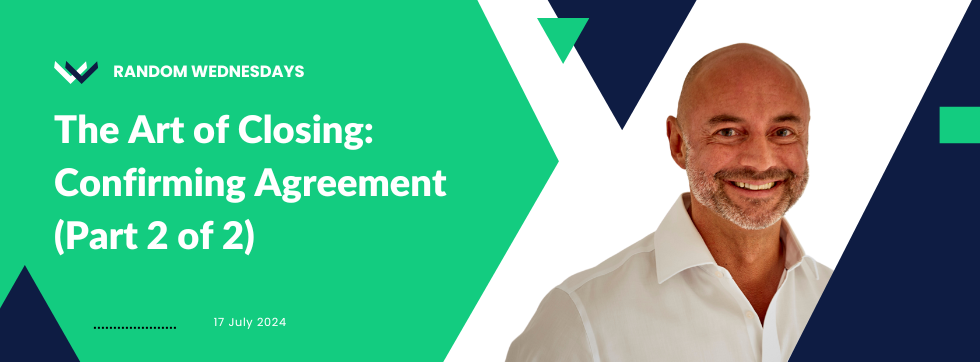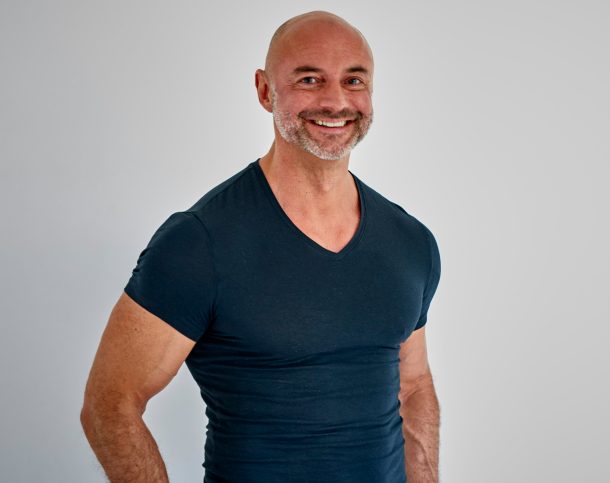Welcome back to Part 2 of the Art of Closing!
Ready to turn “maybe somedays” into “Hell Yes! I’m in days”?
Last week, we explored setting the stage for enrolment success.
We talked about framing your offer as a collaboration, being open for direct feedback, and tackling concerns head-on.
Now, it’s time to master the final steps.
Turning your conversation into a transformative client relationship.
Today, we’ll cover:
- How to spot the “I’m in” signals (even when they’re subtle)
- Transitioning from “interested” to “invested”
- Creating a “WOW” onboarding experience
- Finishing on a high – regardless of it’s a “hell yes” or a “not right now”
Let’s dive in.
Spotting the “Yes” signals: your spidey sixth sense
The best non-salesy salespeople I’ve ever come across share one similar trait.
They know how to read the room.
You can develop this sixth sense too when your client is ready to take the leap.
Here’s 3 signals to look out:
1. They’re diving into details
When a client starts asking about specifics like start dates or payment options, they’re mentally preparing to say yes.
2. Their body language speaks volumes
Leaning in, nodding, maintaining eye contact – these are all silent signals of agreement.
3. They’re future casting
If they’re already talking about what they’ll achieve once they start working with you, they’re visualising success.
When you notice these signs, it’s time to guide the conversation to its natural conclusion.
But how do you make that smooth transition without feeling like you’re a bulldozer at a tea party?
Creating a smooth transition
The most important thing to remember at this stage is you’re not trying to “force” or “close” anyone.
You’re supporting them towards a decision they’re already developing in their mind.
Here’s 3 critical steps:
1. Recap the good stuff:
“So, we’ve talked about how we’ll support you in growing your client base through creating a stronger identity, …”
2. Ask a tailored question:
“Given your goal of growing your practice while having more family time, when would you like to start making this happen?”
3. Then… zip it!
Silence! Let them respond.
(I know, silence can be awkward, but trust me on this one!)
This approach not only puts the ball in the client’s court but also reminds them of the unique value you’re offering.
Onboarding magic: create the “Wow” factor
Here’s a crucial insight many coaches miss.
The emotional high point for your client isn’t paying you – it’s getting started.
So, make it amazing!
3 steps to segue from agreement to action
1. Handle formalities efficiently:
“Let’s quickly take care of the paperwork so we can move on to the exciting part – getting you set up for success.”
2. Schedule their onboarding or first session: “Great, how about next Tuesday at 2pm?
3. Give them a taste of what’s to come and introduce constructive tension:
“While we process everything, I’d like to give you access to a resource I feel you’ll find valuable.
However, I want to challenge you to approach it differently than most.
Instead of just reading it, I want you to play ‘devil’s advocate’ with each point and notice what comes up.
This approach maintains energy and shows you’re committed to creating value from day one.
Pro tip: Prepare a personalised welcome package.
- Include a warm (handwritten) message,
- An outline of the journey ahead
- A thought-provoking assignment that challenges their current thinking
- A valuable book or resource to support their journey
I’ll never forget my business coach Bridgitte creating a welcoming video just for me.
It set the tone for our engagement in a super powerful way. I still vividly remember it today.
In my view, the simple things always stand out the most.
Finishing on a high (regardless of outcome)
Whether your prospect decides to proceed or not, always end on a high.
Every interaction is an opportunity to show your professionalism and reinforce your value
Here’s 3 steps to finish on a high (even if they’re not signing up today)
1. Show genuine appreciation:
“Thank you for your time today. I’ve learned so much about you and your plans.”
2. Remind them of the value of partnership coaching:
“Coaching is never about having a few sessions; it’s about creating a supportive partnership to accelerate your growth and impact whilst holding yourself accountable.”
3. Leave the door open:
“Lets’ take coaching off the table for now. But I’d love to hear how you’re doing in 6 months. How do you feel about pencilling in a call?”
For the not-right-now’s, follow up with a friendly email.
Perhaps you may want to include a helpful resource or article you think they’ll find useful.
And for your new clients, send a welcome email that’ll knock their socks off.
Make it warm.
Make it personal.
Make it actionable.
Include any resources to kick start and the engagement and confirm the first session.
Finally, share a counterintuitive fact about coaching that will challenge your client’s thinking from the get-go.
Conclusion
So, there you have it.
A framework for turning great conversations into amazing client relationships.
Remember, this isn’t about “closing deals.” It’s about opening doors to transformation – for you and your clients.
Ready to put this into action?
Pick one aspect that resonates and try it in your next client conversation.
Then, as you develop more confidence, play with different techniques.
Now, go out there and make it happen!
Your future clients will thank you.
Got questions? Hit reply.
And if you found this helpful, share it with a fellow coach who could use a boost in their enrolment game.
Let’s spread the success!


